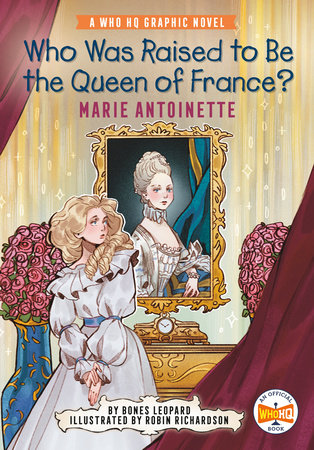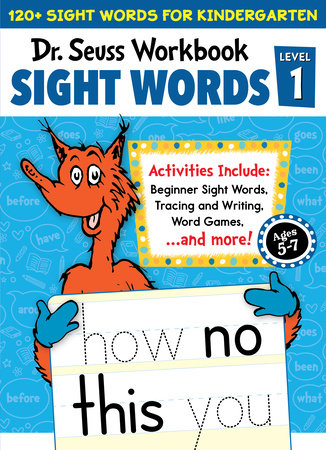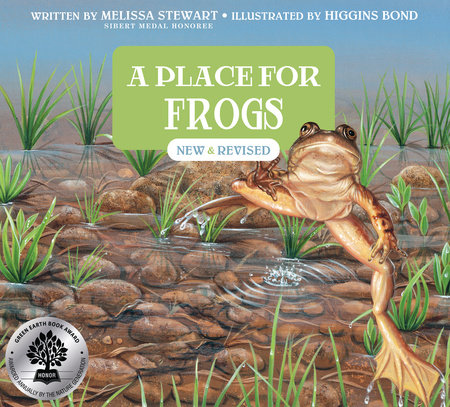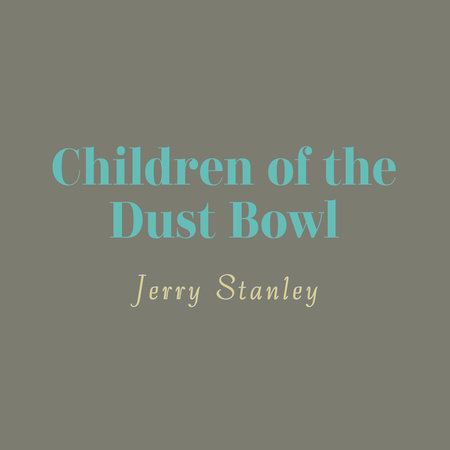

The Eyeball Alphabet Book
By Jerry Pallotta
Illustrated by Shennen Bersani
By Jerry Pallotta
Illustrated by Shennen Bersani
By Jerry Pallotta
Illustrated by Shennen Bersani
By Jerry Pallotta
Illustrated by Shennen Bersani
Part of Jerry Pallotta's Alphabet Books
Part of Jerry Pallotta's Alphabet Books
Category: Children's Nonfiction
Category: Children's Nonfiction

-
$17.99
May 11, 2021 | ISBN 9781570917103 | 4-8 years
-
May 11, 2021 | ISBN 9781632896124 | 4-8 years
YOU MAY ALSO LIKE

Who Was Raised to Be the Queen of France?: Marie Antoinette

Polar Bear

Try Not to Laugh Mad Libs

Dr. Seuss Sight Words Level 1 Workbook

Introducing Sandwina

Hospital Heroes Save the Day!

A Place for Frogs (Third Edition)

A Place for Bats (Third Edition)

Children’s Illustrated Atlas Collection
Praise
The eyes have it in Pallotta’s latest playful and informative ABC.
Bersani follows up the spectacular illustrations in Not a Butterfly Alphabet Book (2019) with another set of equally bright, bold, and this time literally eye-catching close-ups to go with Pallotta’s alphabetical assortment of ocular animal facts. Pallotta offers specific observations on the eyesight of creatures from giant squid to spider while also contrasting the general benefits of monocular and binocular vision, describing three types of tears, and casting glances at other vision-related facts, such as a fly’s compound eyes and a python’s thermal sensors. Both author and illustrator tuck in extras, including, for each letter, a thematically related figure of speech like “get some shut-eye” and “to see eye to eye” and a gallery of goofy eyeglasses, and they occasionally dart off topic (“N” is represented by “Night Crawler,” for instance: “They never need to visit an eye doctor!”). The statement that “having no eyesight is called blindness” may be glaringly simplistic, but that’s an isolated blink in a generally illuminating overview. A bulleted list of savvy advice for proper peeper care at the close is worth taking a gander at.
Occasionally loses focus but rich in eye-opening facts and eye-candy art.
—Kirkus Reviews
Did you know that horses have oval-shaped pupils and lobsters can only see light and dark? Or that earthworms, widemouth blindcats, and yeti crabs have no eyes at all, and ostriches have the largest eyes of any land mammal? This book presents alphabetical eyeball facts as well as a breakdown of idioms, from “the eye of the beholder” to “in the blink of an eye.” This is the latest in a successful series of alphabet books and another nonfiction collaboration by Pallotta and Bersani. The choice to highlight lesser known, unique animals like an indri, quoll, tarsier, uakari, xenosaur, and zebu is fresh and inspiring, and Bersani’s almost photorealistic artwork uses stunning close-ups and intriguing angles. While perhaps not every child will be itching to learn about the difference between binocular and monocular vision or a camel’s nictitating membrane, the wild popularity of the Who Would Win? series will certainly drive an audience for this book. Find Steve Jenkins’ Eye to Eye and Shelley Rotner’s Whose Eye Am I? for an eye-catching display.
—Booklist
21 Books You’ve Been Meaning to Read
Just for joining you’ll get personalized recommendations on your dashboard daily and features only for members.
Find Out More Join Now Sign In

















